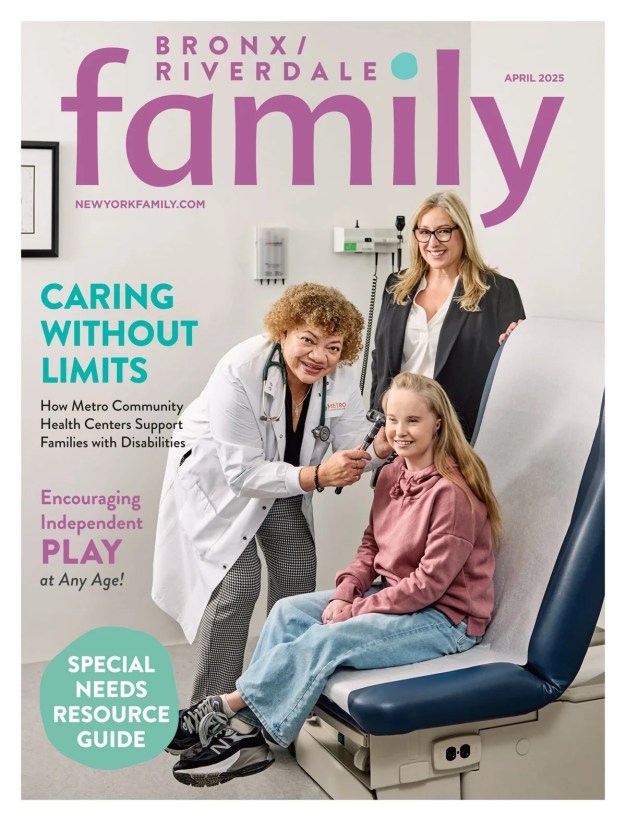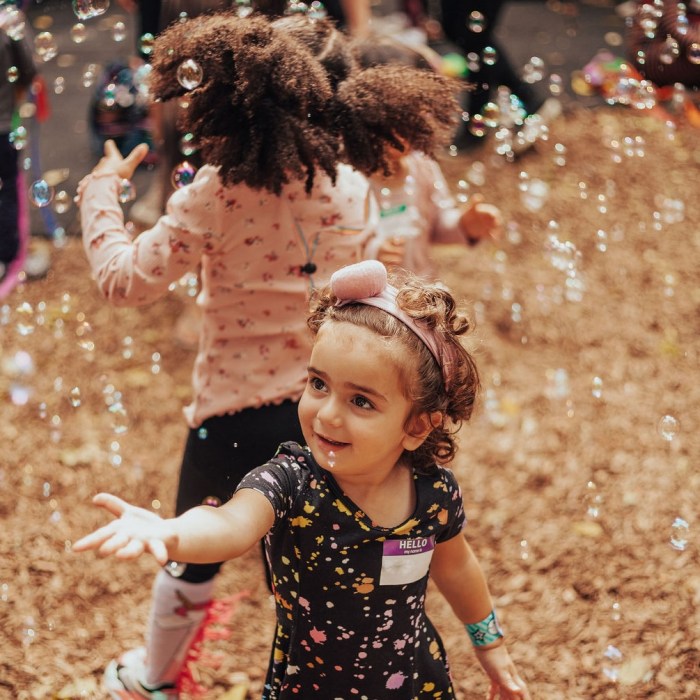Halloween is just a few weeks away, and as the finishing touches are added to kids’ costumes, they’re looking forward to carving pumpkins, dressing up, and collecting candy as they walk their neighborhood with friends. It will be a fun evening, but it is important not to leave safety by the wayside.
“We have learned that many kids are injured when out trick-or-treating, so we have to talk about being safe trick-or-treaters,” said Marjorie Marciano, coalition coordinator for Safe Kids NYC.
Something as basic as accompanying your child and discussing how to properly cross the street can be lifesaving.
“Look both ways, because there might be cars turning, and be aware that cars have the right to turn,” said Marciano. You want to be alert and make sure the street is clear, because every driver or bicyclist on the road will not take the time to signal or stop when they should. Take advantage of crosswalks.
Even though you may believe that your child is mature for his age, it is still not a good idea for even the most independent and responsible child to be out by himself, particularly after dark.
“Kids under age 9 should not be trick-or-treating on their own — even in daylight — and kids up to age 12 should always have an adult with them and stick to areas they know,” said Marciano.
Of course, if your teenager is going out on his own or with friends, be sure that he has a cellphone with him and is able to call you and also knows how and when to use 911.
It’s certainly fun to take pictures of the kids in their costumes, but don’t be tempted while they’re trick-or-treating in the dark.
“Kids and parents should put their phones down and not text when crossing the street, so they can pay attention to traffic. If they have headphones on with music, they should take them off,” said Marciano.
It can be tempting for kids to run or gallop along, so hold your child’s hand — especially as you cross the street.
“Remember that dusk [is a time when it’s] hard for drivers to see, so costumes or trick-or-treat bags should have some reflective tape, or kids should carry glow sticks or flashlights and wear a light color that drivers can see,” said Marciano.
Masks are popular and can make for great costumes, but they can hinder a child’s ability to see where he is going — and that’s the last thing you want on Halloween night.
“Masks can obscure kids’ vision, so you want to have face paint or makeup instead,” said Marciano.
Also investigate the length of their costumes, and alter the hem so it does not drag on the ground, because kids can trip or fall. If purchasing a costume, make sure the label says flame resistant. And if an item like a sword or stick is part of the outfit, make sure it is not too long or sharp to avoid injuries.
By staying in groups in an area that is well-lit, kids can do a better job of looking out for one another. Stranger danger is an issue on Halloween more so than the rest of the year, because kids are interacting with strangers.
“They should not be getting into conversations with grown-ups that they do not know,” said Marciano.
It’s also time to prepare your home for trick-or-treaters who will come knocking at your door. To ensure that everyone stays safe, remove any lawn decorations, tools, or garden hoses from the porch that could be tripped over. Make sure all of your outdoor lightbulbs are working. Sweep away wet leaves from your sidewalk, so nobody slips and falls. If you have a pet, keep him away from the front door to prevent a child from getting bitten. And, as always, if you see any suspicious activity, report it to the local police, so they can make sure the rest of the night goes smoothly.
When your child comes home, be sure to inspect the candy and throw away anything that is unwrapped or looks suspicious. By taking precautions, your whole family is even more likely to have a Halloween that’s memorable for all of the right reasons.
Jamie Lober, author of “Pink Power” (www.getpi
© 2015 Jamie Lober


















